I already put on my fire suit for this one. Cables are one of the most polarizing topics in audio and I understand the rationale behind the angst (as opposed to anger) that it causes people. Having owned more than a dozen brands of cables over the past 20 years, I’ve tried a lot of different types and some of them were garbage. Absolutely not worth the money and not made very well. There is a lot of hype in regard to high-end audio cables and none of it has helped the industry in a positive way.
The Clarus Audiophile Crimson cables are the most expensive cables I’ve ever tried and while I can’t afford them — I do know that they changed the sound of every system in my home in a very significant way. The prices will make some people gasp and others will shrug it off as the price of admission if you’re building a state-of-the-art system.
I’ll get back to that last part in part two.
The best cables I’ve ever owned were the Nirvana Audio S-L Series interconnects and loudspeaker cables. I purchased them in 1999 directly from the manufacturer and kept them for almost a decade. I regret selling them but life often throws unexpected expenses in your face and I lost very little money in the transaction. The buyer in Japan knew how good they were as well.
The engineer behind them worked in the cable industry creating systems for critical infrastructure with requirements that far exceed any stereo system. He didn’t create firehose style cables that were impossible to snake around equipment racks and his connectors were excellent and reliable. I never had a single issue in 10 years with dozens of components.
He shipped them in clear plastic bags. They completely transformed the sound of my stereo; regardless of the price of the component on the other end. I tried the speaker cables with $200 bookshelf speakers and $10,000 electrostatic loudspeakers — and everything in-between.
I’m a cynic to my core and I’ve listened to every sales pitch imaginable. These cables made everything sound more transparent and detailed but not at the expense of color and texture. I was very much into SET amplifiers at the time and these cables made me a tube guy for life.
Back to the future.

I’ve never been overly impressed with high-end cables because I don’t buy the marketing mumbo jumbo masquerading as “engineering” and I’ve made a point of actually picking the brains of cable designers over the years whom I believe actually know what they’re doing.
After a lot of listening and research, I have settled on Analysis Plus, Audio Art, Audience, QED, Black Cat, Kimber, AudioQuest, and Clarus as brands that I feel comfortable recommending to people. Nirvana Audio does not exist anymore so I can’t recommend something with zero customer support.
Understand that my picks are not an overall blanket recommendation of the brand. Some of their products are excellent and are worth trying; other products like $1,000 Ethernet cables are pure stupidity. Don’t buy them.
In many cases, the entry-level cables or mid-tier products deliver 90% of the sound quality of the more expensive products and are a much better buy. Don’t use $1,000 speakers cables with a $1,000 power amplifier. There’s no logic in that decision. $100 speaker cables in a $1,000 system make sense.
So where does that leave the very expensive Clarus Audiophile Crimson cables?
Theory and Application
Based on 8 years of research & development and five different patents, the basic technology used is the integration of 3 distinctly different optimized conductor types for the bass, midrange, and high frequencies. Solid heavy-gauge conductors are used for bass, flat conductors for midrange and spiral-ribbon conductors (with a non-conductive core) for the high frequencies.
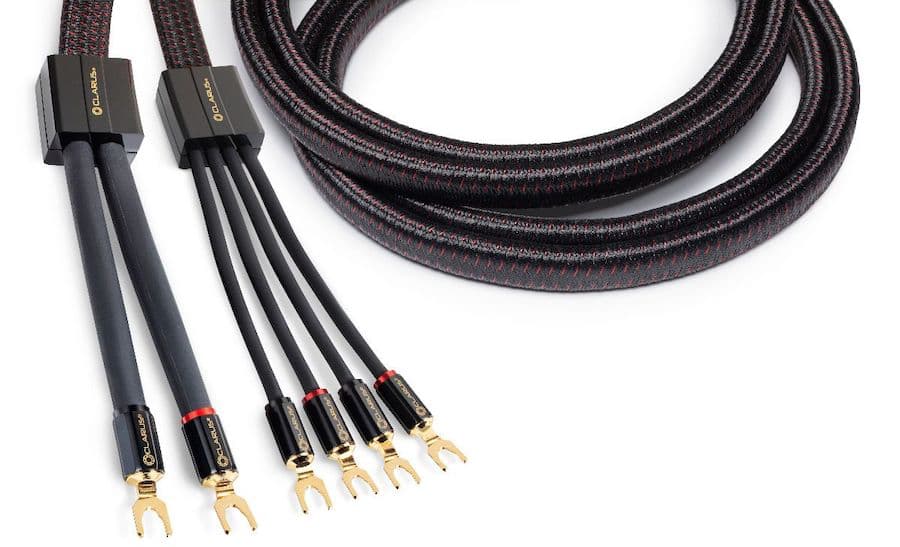
The different conductor types are individually insulated thus isolating the different conductor types that are each more suited to particular frequency ranges. This results in each frequency range being free from coloration caused by interaction with adjacent frequency ranges.
The basic idea is that there are advantages similar to those found in Bi-amping. When mid-range & high-frequency speakers are freed from the requirement of reproducing bass frequencies, they gain clarity and the sound becomes more open and transparent. Similar improvements can be obtained in cables using this particular technology.
Clarus offers a very detailed white paper that explains the engineering behind the design of its cables and you can read that at your leisure.
One of the things that I liked immediately about the Clarus Audiophile Crimson cables was the quality of the construction, superb connectors (some of the very best I’ve ever seen on cables), and the ease of use.
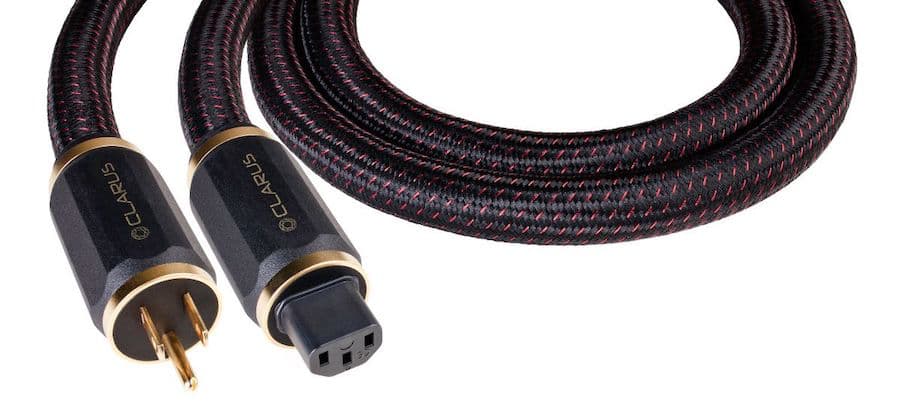
The last part will confuse some people who are new to audiophile cables, but there are a number of brands who think thicker and unwieldy is superior to cables that actually fit behind cramped equipment racks and don’t lift components up off the shelf.
Clarus sent me an entire cable loom which included speakers cables, multiple sets of interconnects, and 3 of the Crimson power cords.
The Crimson power cords have proven to be the most interesting to me because they’ve had the biggest impact of the three types of cables.
Manufacturer’s Video
There are cynical audiophiles who don’t believe that power cords matter because their benefits are limited by the $0.35 wiring behind your walls. They’re not wrong about that aspect of the debate but I’m a long-term skeptic who is now convinced that there is merit to using better quality power cords with specific components; primarily power amplifiers and active loudspeakers.
Sticking a $1,000 power cord on a $350 network streamer is rampant stupidity. Buy the $549 Bluesound NODE and add a $50 power cord and be happy that you didn’t spend $1,350 for no apparent gain in sound quality.
I’ve been using the Clarus Crimson power cords with the Cambridge Audio Edge A Integrated Amplifier, Schiit Audio Ragnarok 2, Acoustic Energy AE1 speakers, and Linear Tube Audio Z40 Integrated Amplifier. None of these components would be considered “entry-level” and they all benefitted from the better power cord.
The Crimson speaker cables are definitely a huge improvement over the QED and AudioQuest speaker cables that I usually use; one can easily hear the improvements in transparency, detail, and low end control but the range of that improvement depends heavily on the amplifier and speaker involved.
In my follow-up next week, I’ll explain what I heard in 3 systems and why these very expensive cables are some of the best I’ve ever heard but only appropriate in systems above $10,000. I think your money is better spent below this threshold on less expensive cables.
For more information: claruscable.com/crimson.cfm

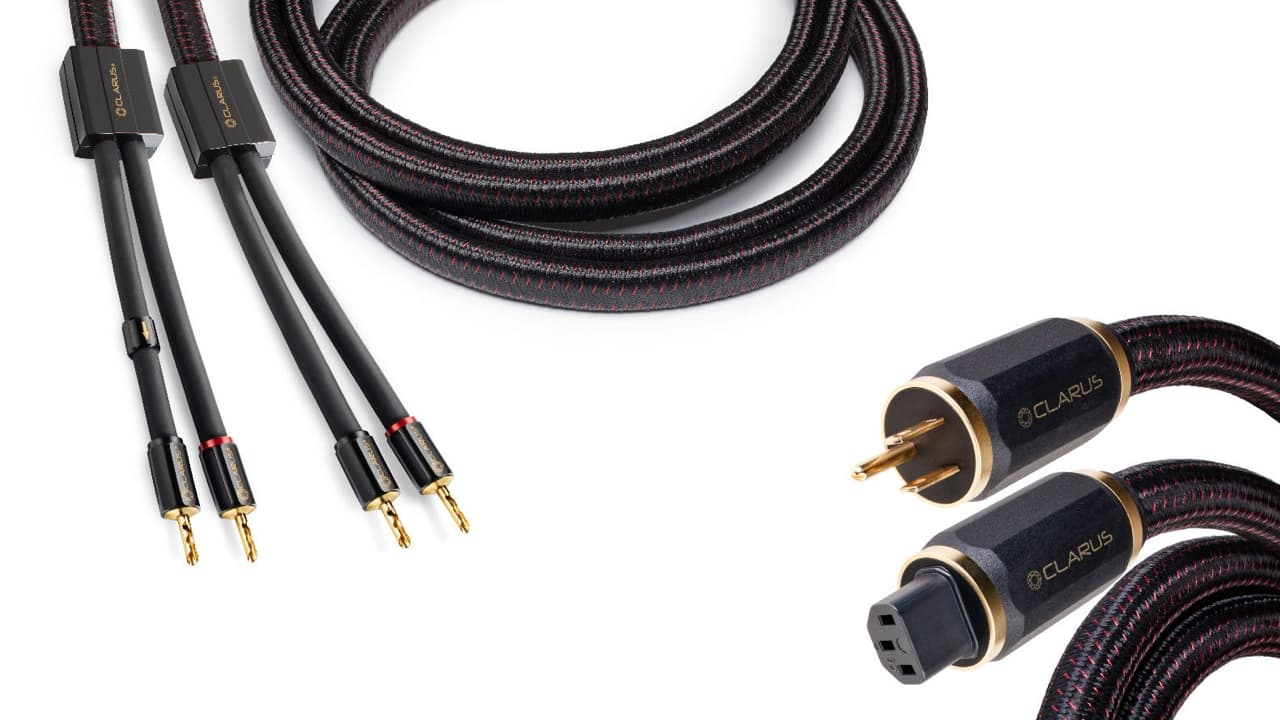


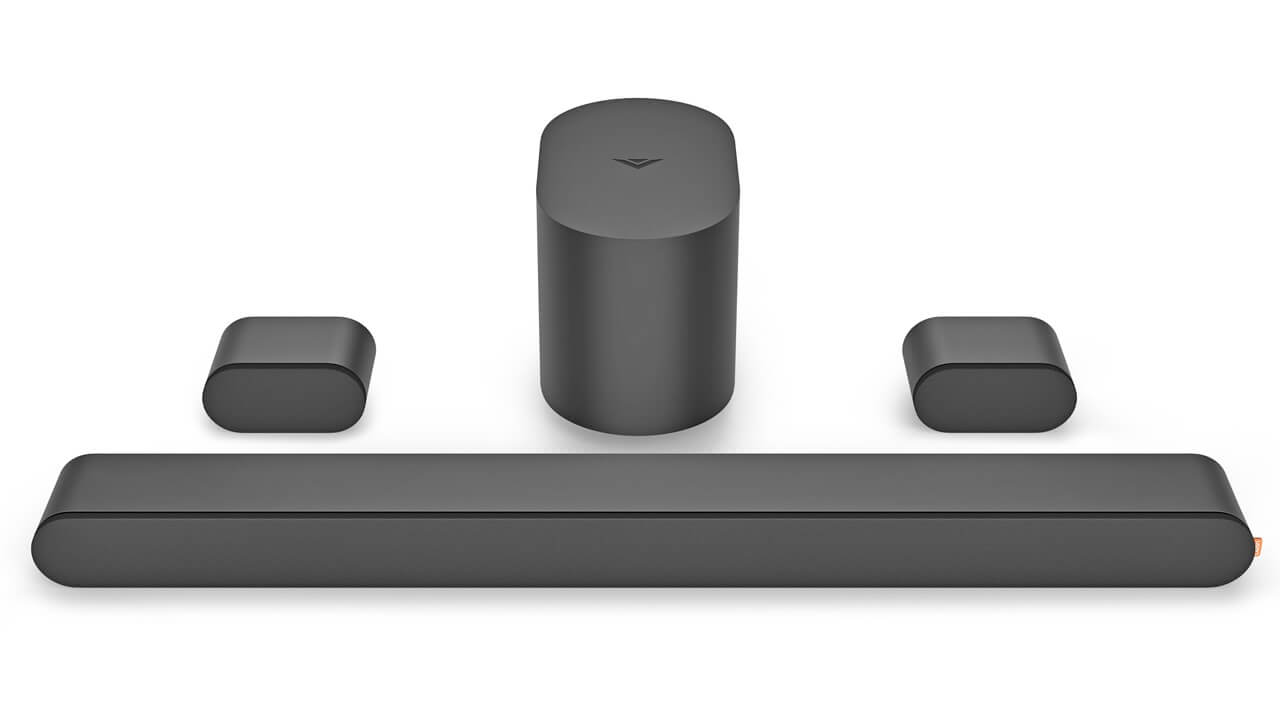
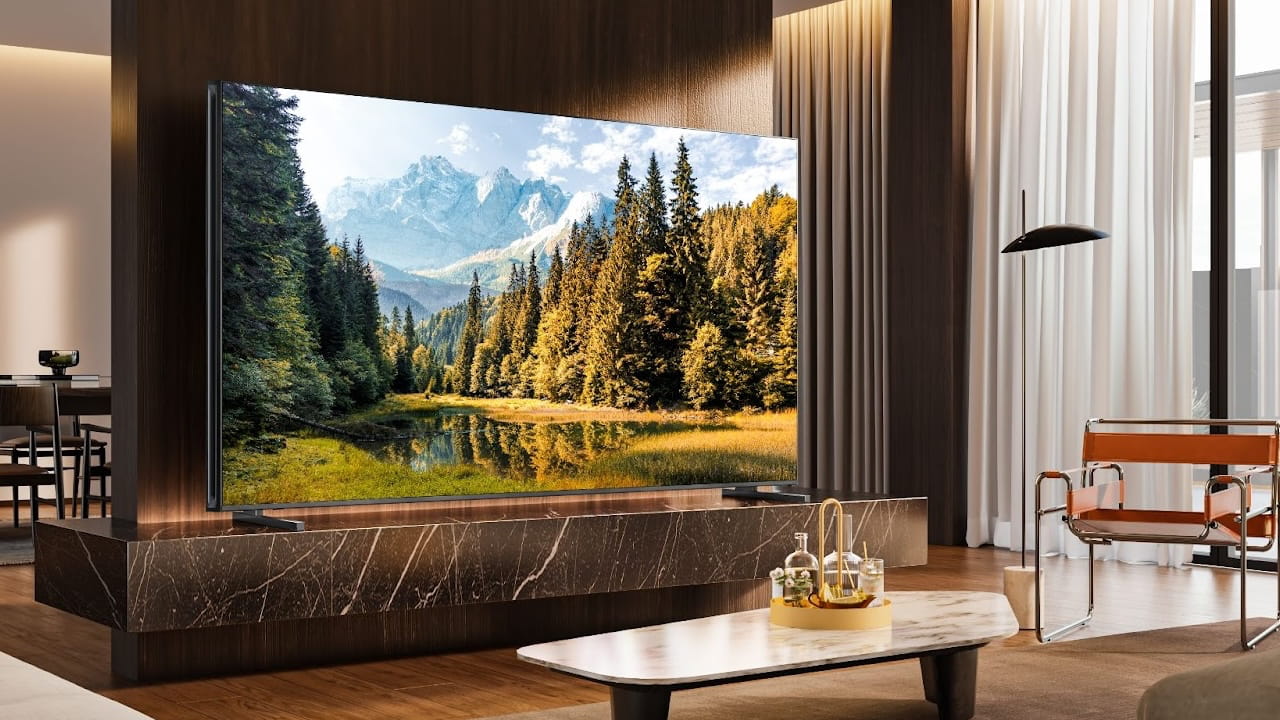
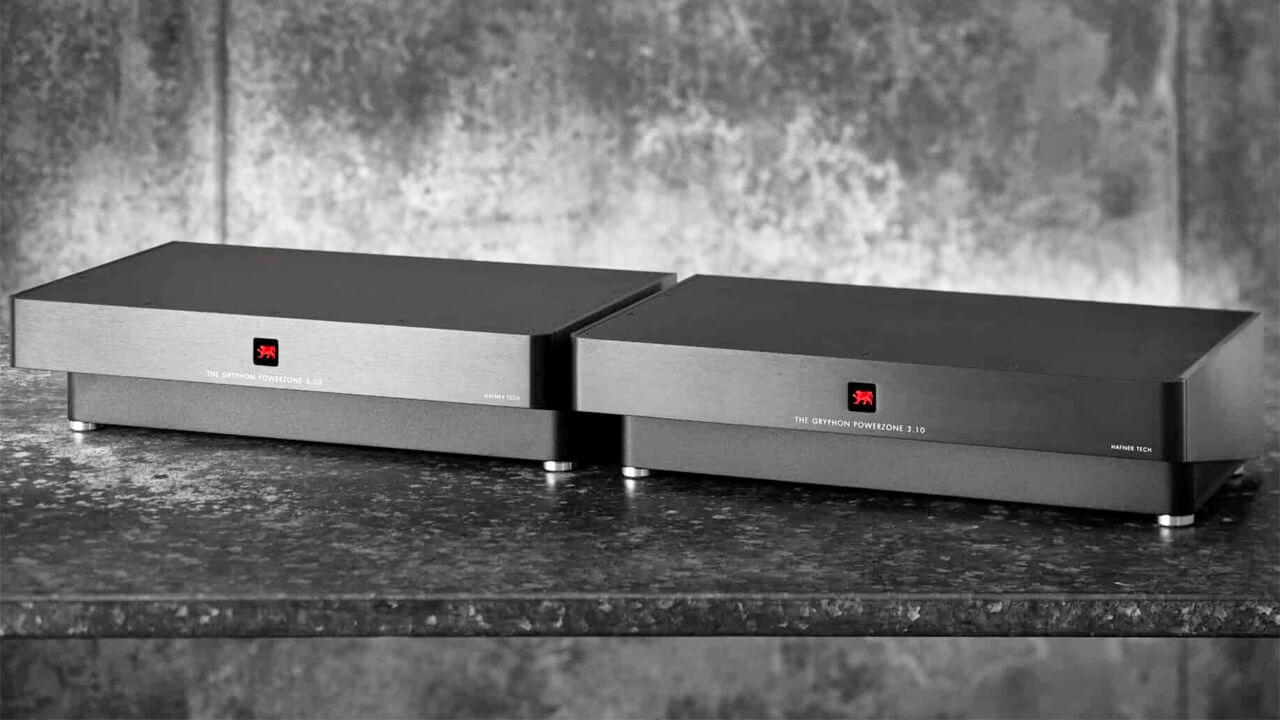

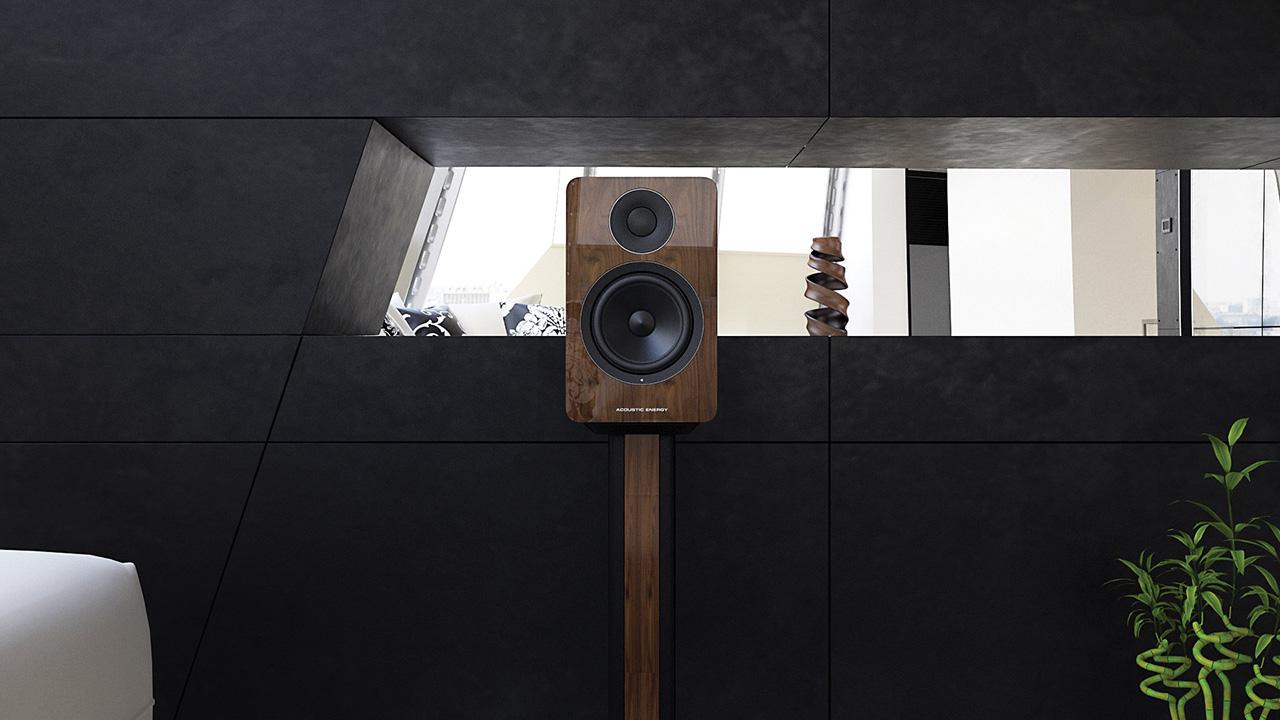



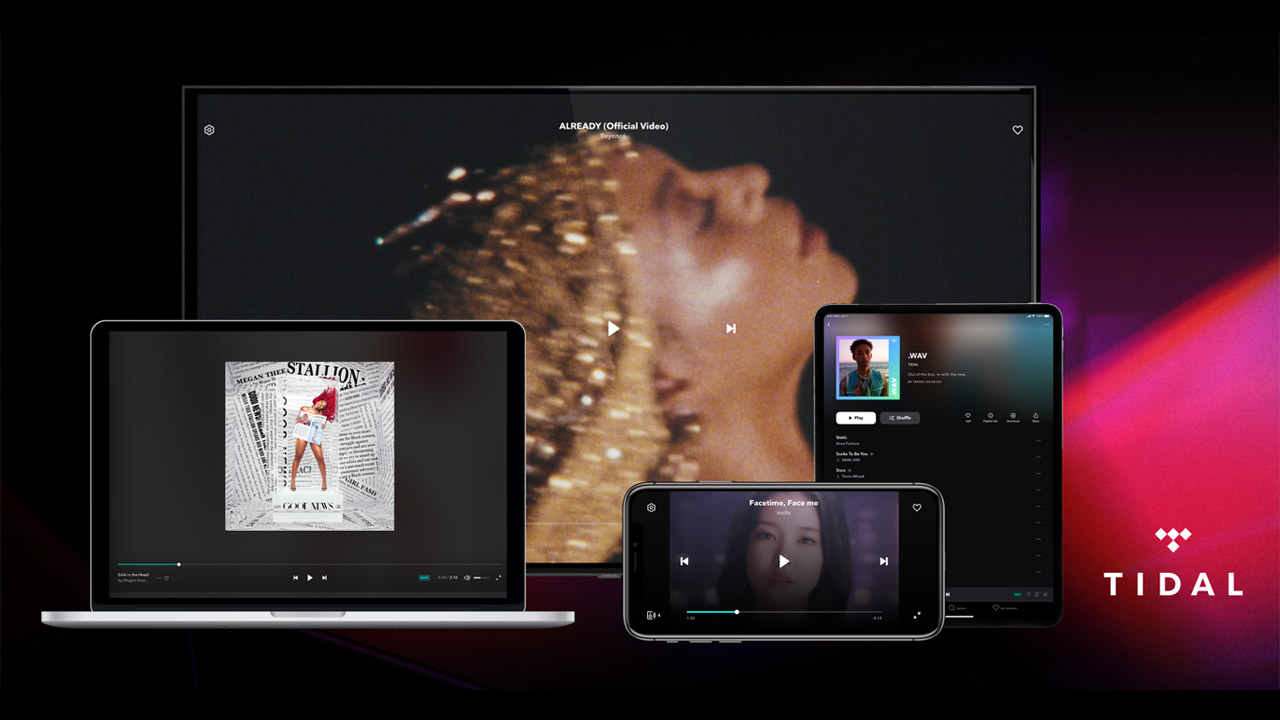
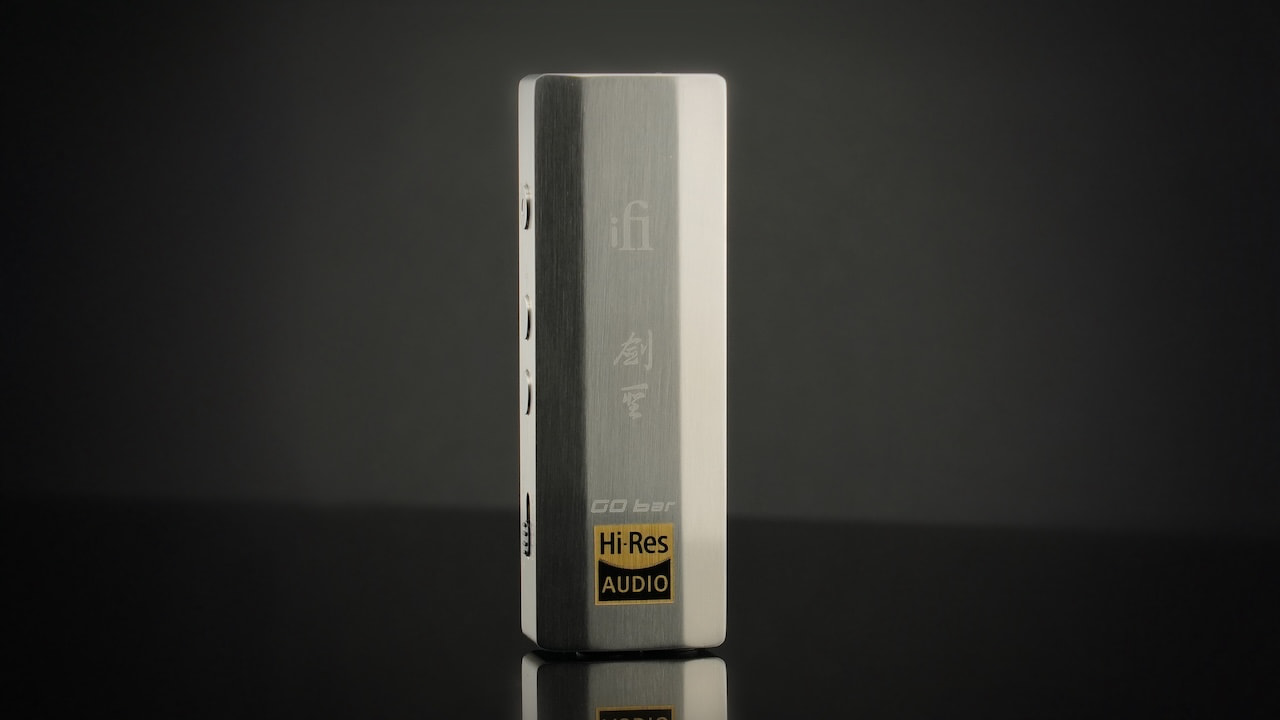
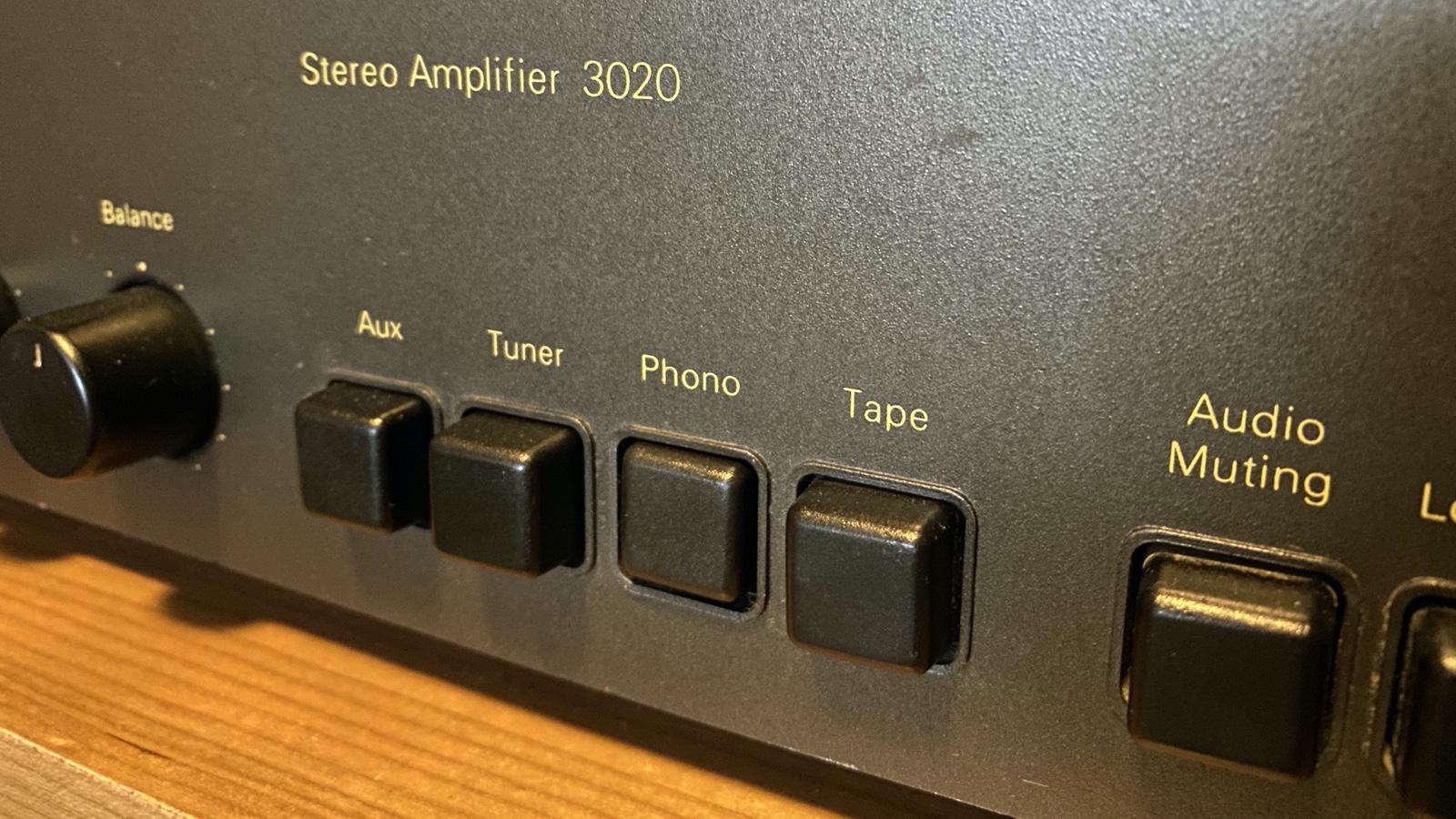



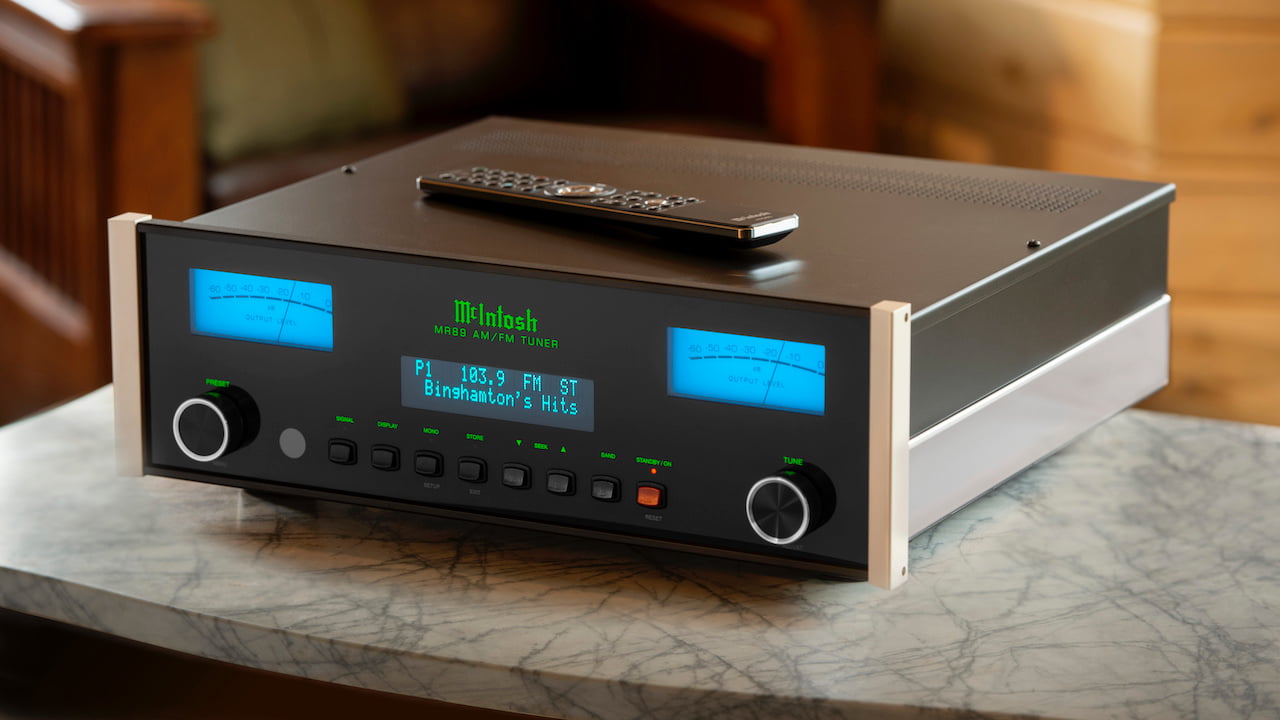
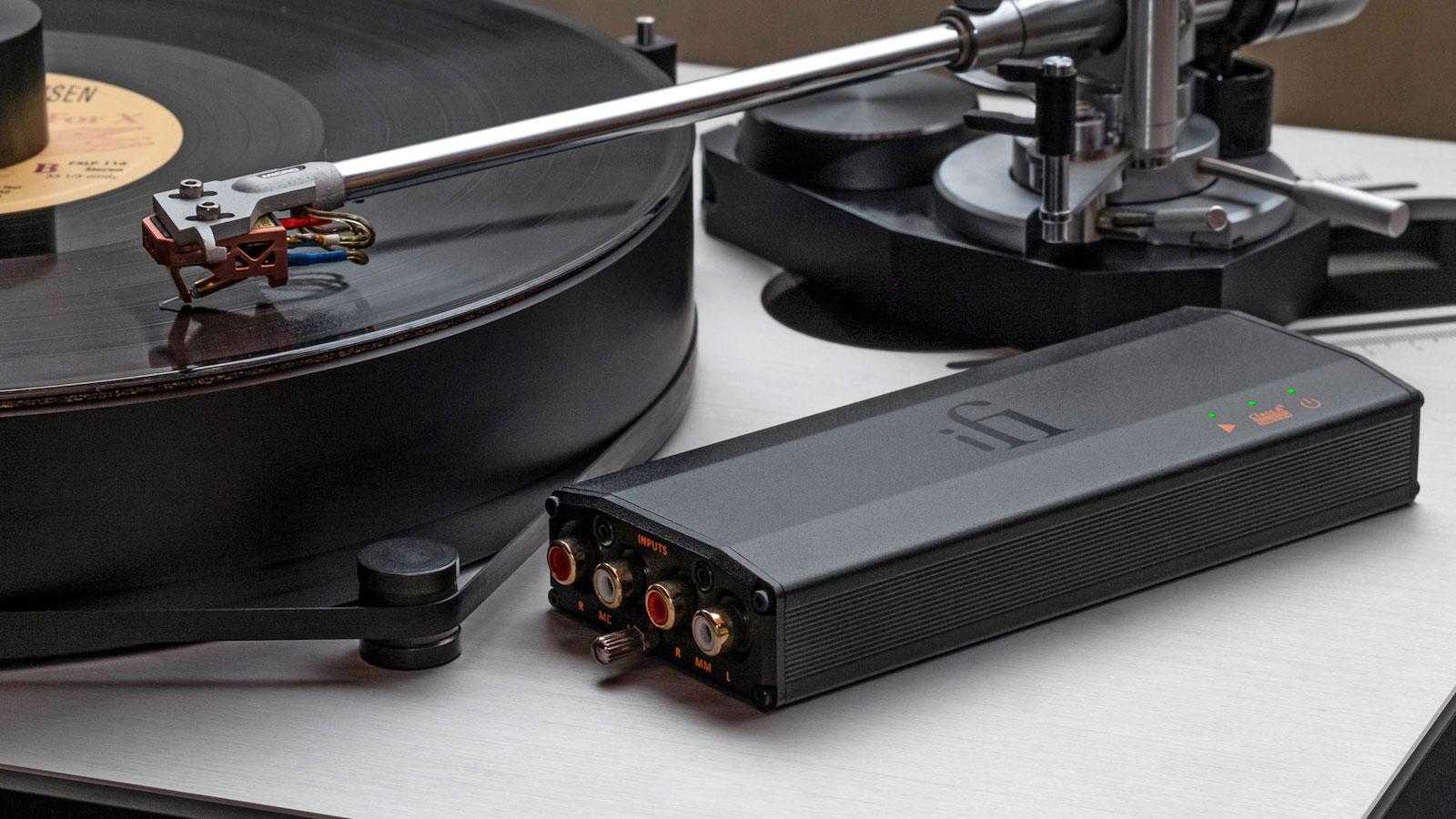












MrSatyre
August 11, 2021 at 12:33 am
“…used is the utilization of…”
Oh, brother!
Ian White
August 11, 2021 at 12:38 am
Hahah.
You’re right. I’m tired. Almost 107 articles in 6 weeks. My lazy use of language there.
I appreciate being called out on that one.
Ian White